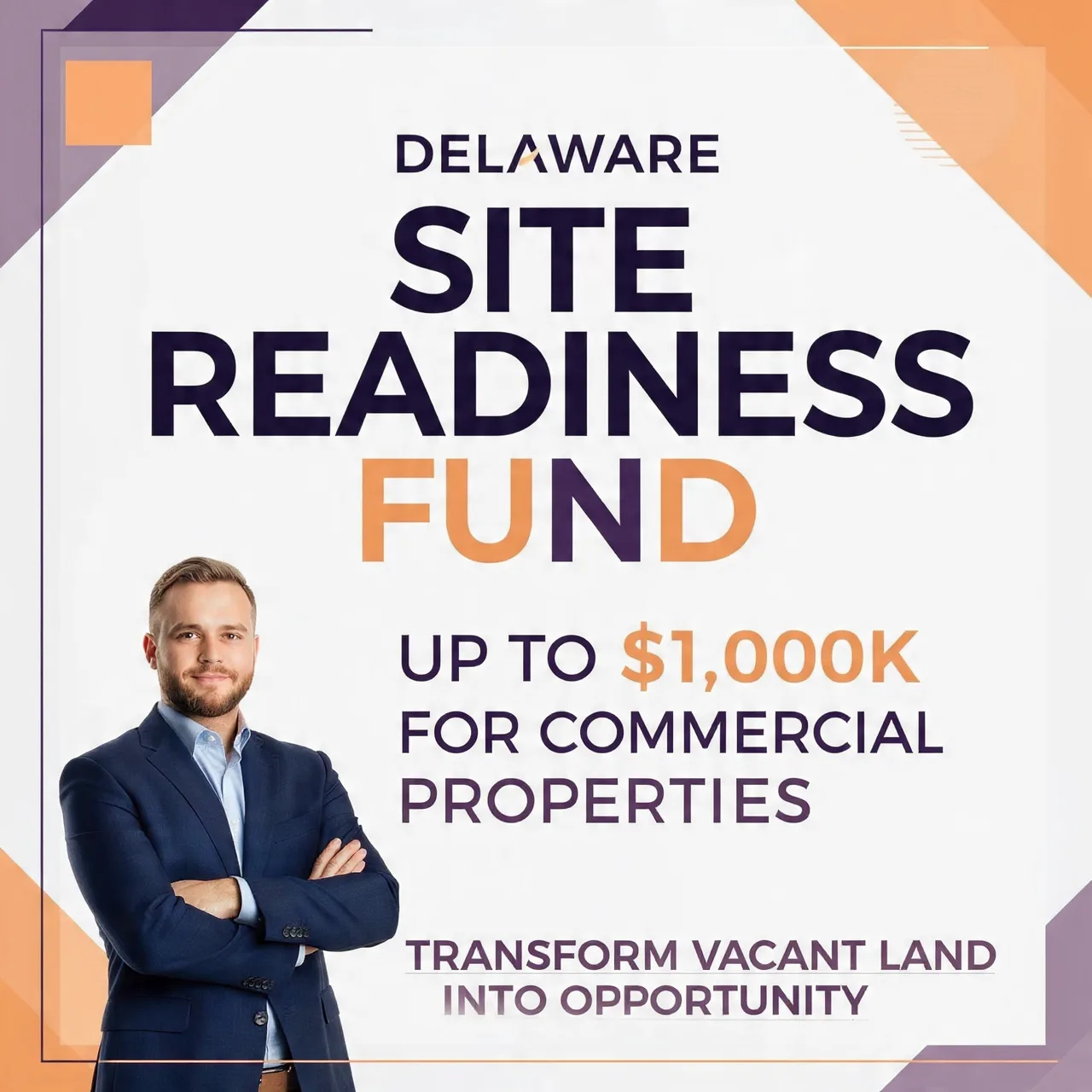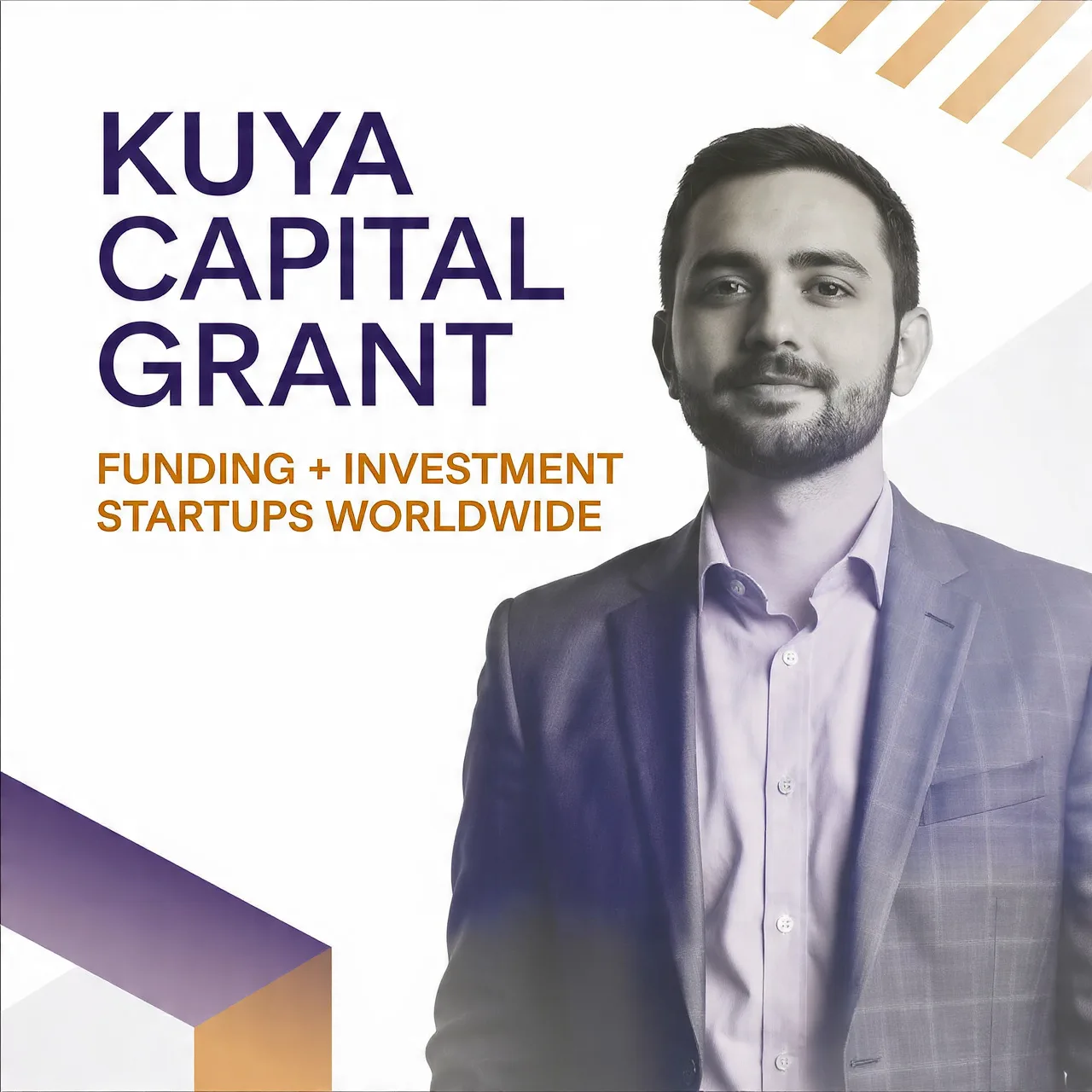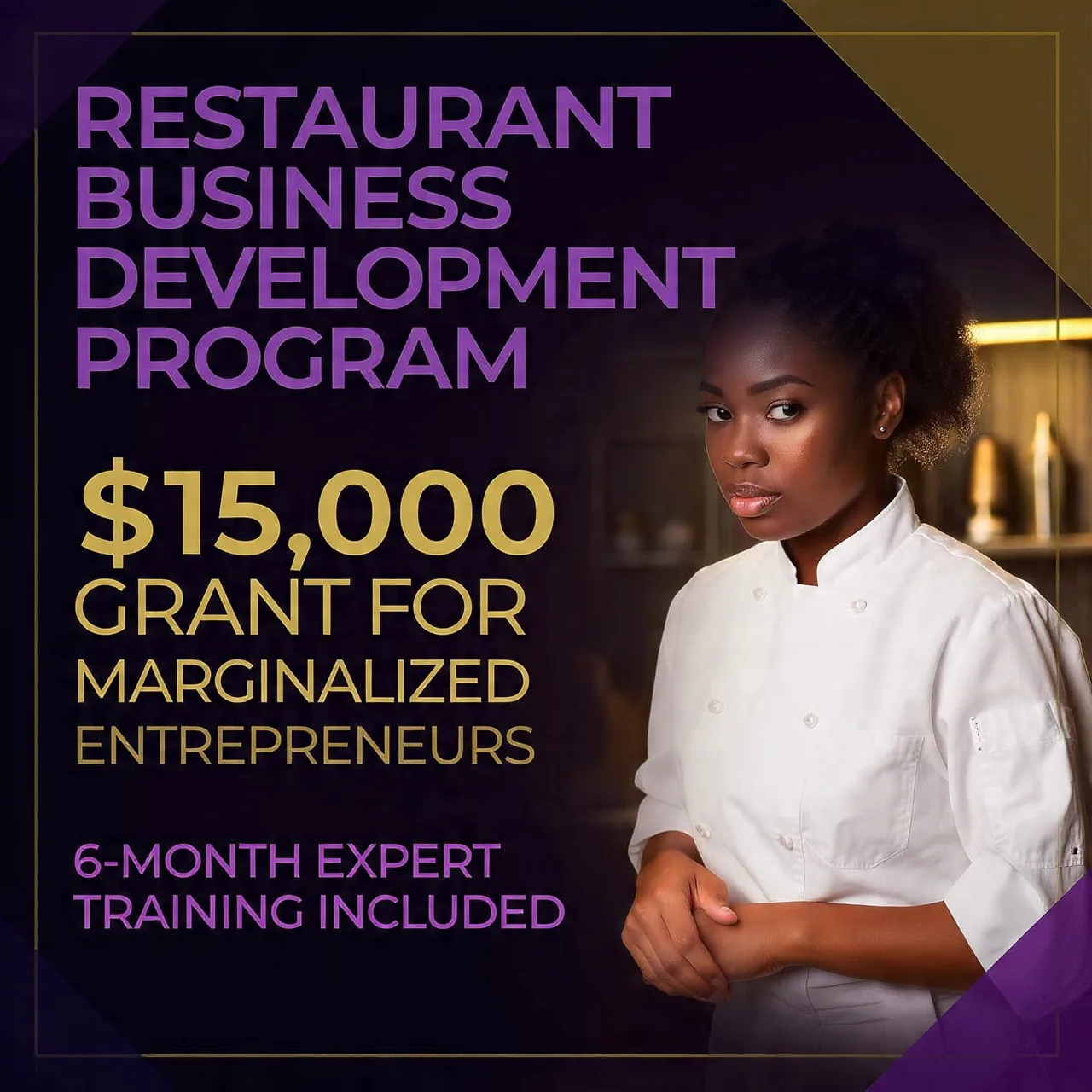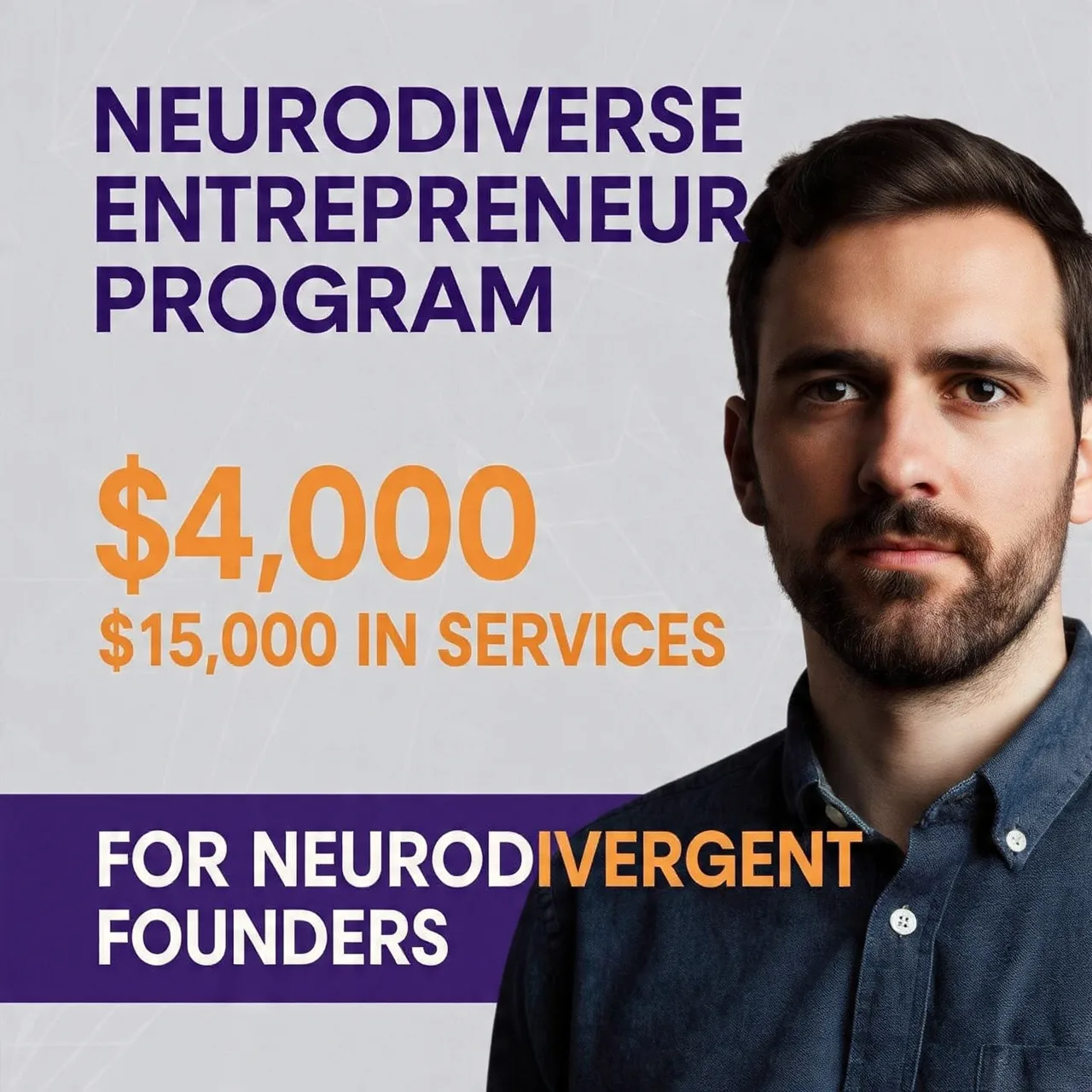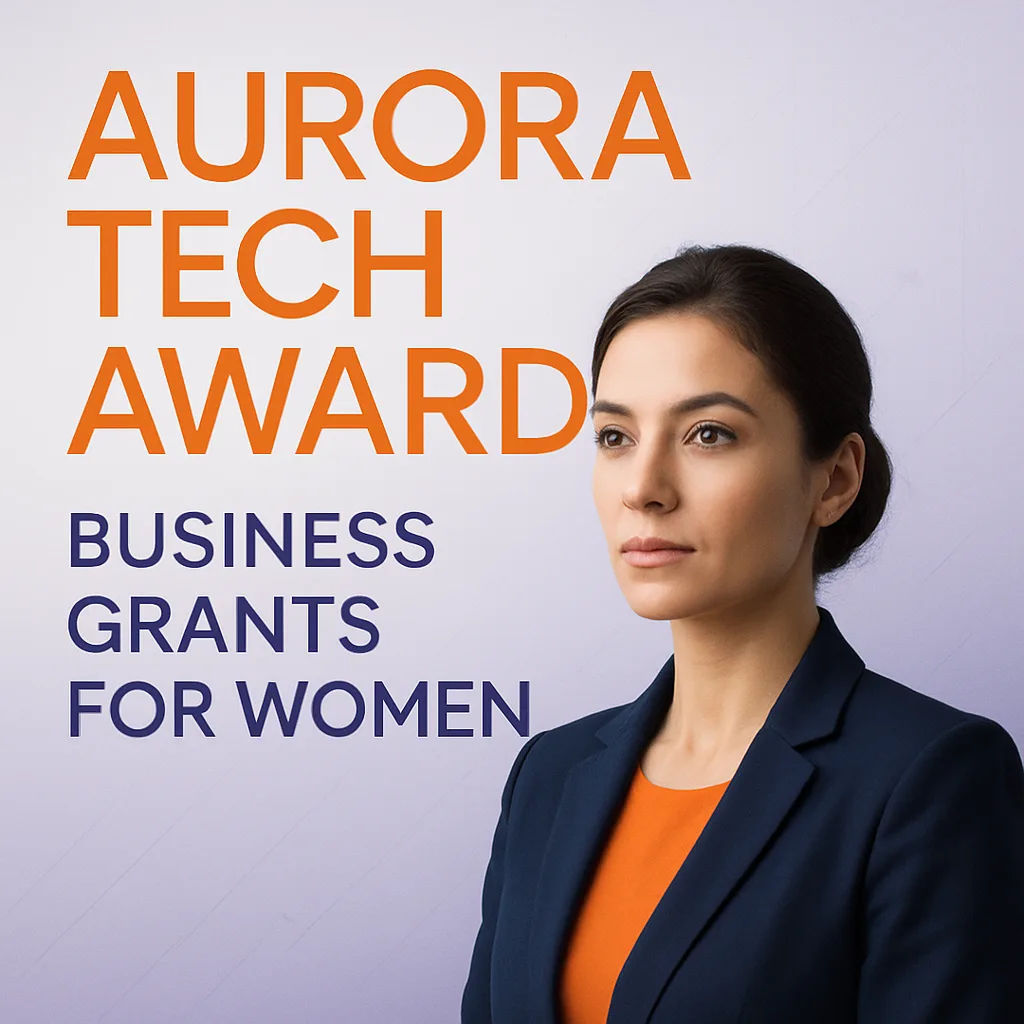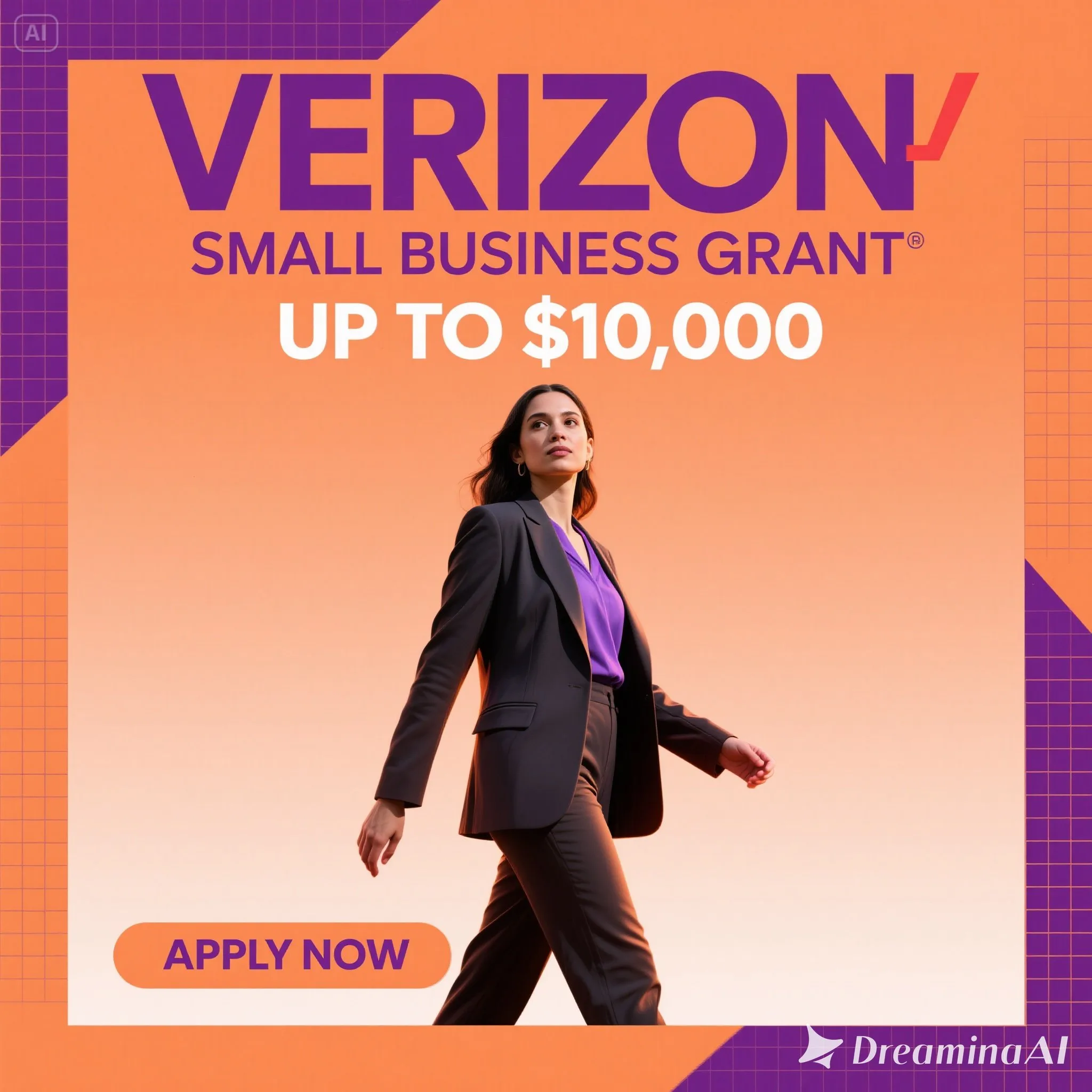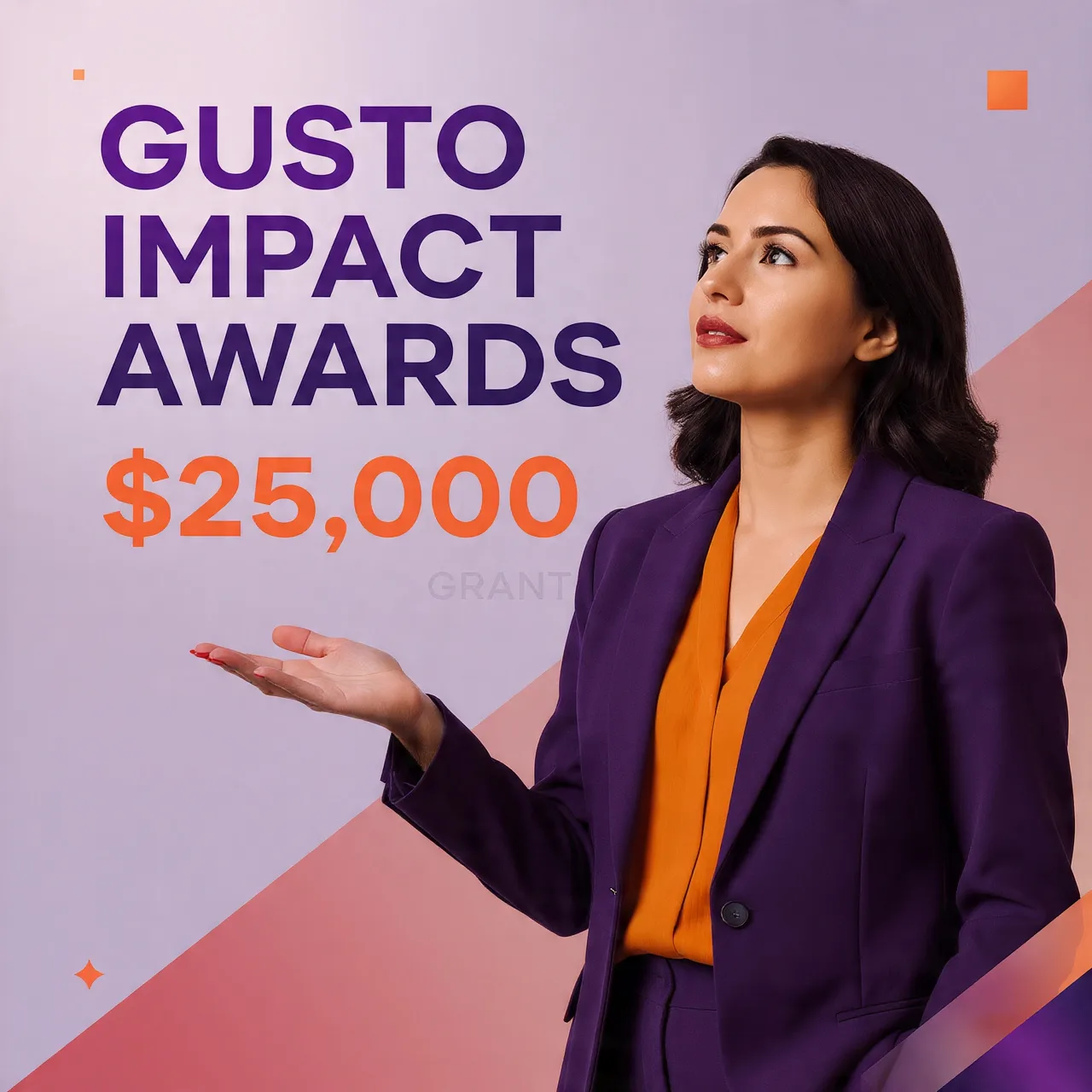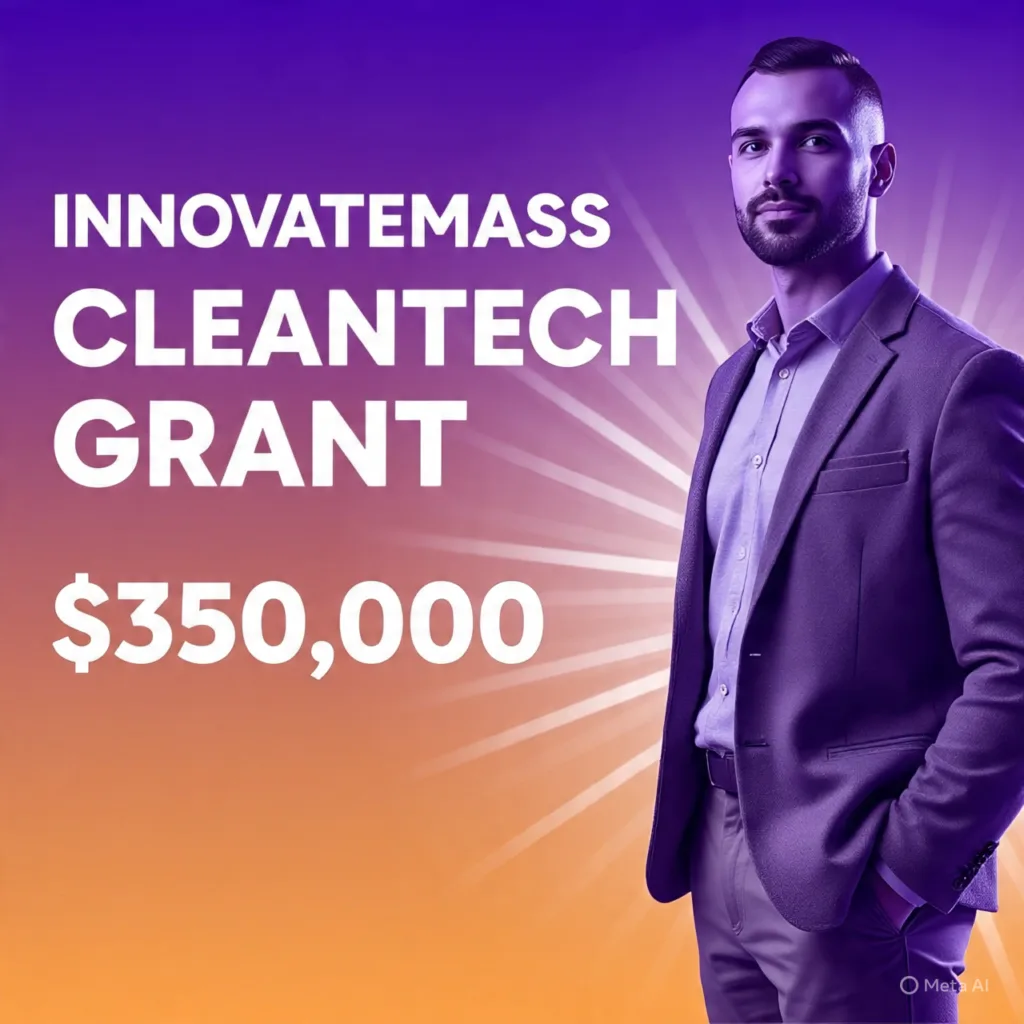
InnovateMass Grant 2025: $350,000 Massachusetts Clean Energy Technology Funding
Get up to $350,000 for your cleantech startup. Massachusetts companies TRL 5-8 eligible. Non-dilutive funding plus technical support. October deadline approaching.
Grant Overview
Transform Your Cleantech Innovation Into Commercial Reality With Up to $350K Plus Expert Technical Support
Donor: Massachusetts Clean Energy Technology Center (MassCEC)
About: The InnovateMass program delivers up to $350,000 in grant funding for cleantech startups ready to bridge the notorious commercialization valley of death. This isn’t just another grant program throwing money at ideas. It’s a strategic lifeline for companies with proven technologies sitting between TRL 5 and 8, designed to transform lab-validated innovations into market-ready solutions.
So here’s what makes InnovateMass different. Most cleantech founders hit this brutal wall right after their angel funding runs dry but before VCs will touch them. You’ve proven your tech works in the lab. Maybe you’ve even got a small prototype humming along nicely. But scaling up to commercial viability? That’s where companies die. MassCEC knows this, and they built InnovateMass specifically to fill that gap. Unlike typical government grants that just hand you cash and wish you luck, this program pairs funding with hands-on technical consultants who’ve been through the commercialization gauntlet themselves.
What MassCEC Actually Wants to Fund
The program targets six core areas where Massachusetts wants to maintain its cleantech leadership. First up is energy and electricity – think next-generation grid technologies, energy storage solutions that actually work at scale, or renewable generation systems that solve real distribution problems. Transportation comes next, focusing on zero-emission vehicle tech, alternative fuels that make economic sense, and public transit innovations. Manufacturing and industry projects need to demonstrate carbon reduction at production scale. Agriculture and water solutions address sustainable farming practices and resource management. Buildings must show measurable efficiency improvements or renewable integration. Finally, resilience and adaptation projects tackle the climate challenges we’re already facing.
But let’s be honest about what really gets funded. After analyzing past winners, the pattern becomes clear. Clean Crop Technologies got $350,000 for a pathogen-removal system that reduces food waste. Florrent secured $244,916 for bio-derived carbon materials in backup power systems. MetalMark landed $136,262 for commercial air purification that cuts HVAC energy use. Notice the trend? These aren’t moonshot technologies. They’re practical solutions to immediate problems with clear paths to revenue.
Q: Can non-Massachusetts companies apply?
A: Yes, but you need a Massachusetts project site.
Q: What’s the typical award amount?
A: Between $136,000 and $350,000 based on past awards.
Q: Do I need to be profitable?
A: No.
The Money Reality Check
Let’s talk cash flow because this is where most applicants stumble. InnovateMass pays on a milestone basis, not upfront. You submit between five and eight milestones in your workplan. First milestone gets you 10% just for signing the contract and finalizing your detailed workplan. Smart founders front-load their cash-heavy activities into early milestones. The final 5% comes with your project report and presentation. Between those bookends, you structure payments around actual deliverables.
Cost share requirements aren’t negotiable. Standard projects need 50% match – so a $200,000 grant requires $100,000 from you. At least 20% must be cash, not in-kind contributions. But here’s the kicker – if your demonstration happens at a public benefit site (think low-income housing, Gateway Cities, or public facilities), that match drops to just 25%. Suddenly that $200,000 grant only needs $50,000 match. Smart applicants actively seek public benefit partners for this reason alone.
Who Actually Wins These Grants
MassCEC says ideal applicants have raised $1M to $10M with 5-30 employees. But that’s not a hard requirement. What matters more is demonstrating you’re stuck in that specific valley between proof-of-concept and commercial viability. Your technology must be proprietary – no licensing someone else’s innovation and calling it yours. And if your tech is already commercial elsewhere, even internationally, you’re out unless Massachusetts presents unique challenges requiring specific validation.
The selection criteria tell you exactly how to structure your pitch. Technical merit gets 5 points – prove your TRL status with real validation data, show you understand competing solutions, and demonstrate clear superiority. Commercialization potential scores another 5 – define your market size, growth trajectory, value proposition, and go-to-market strategy. Clean energy impact adds 5 more – quantify GHG reductions in millions of tons, show Massachusetts-specific benefits like ratepayer savings. Team strength brings 5 points – highlight relevant experience and clear execution capability. Your workplan rounds out the scoring with 5 final points – demonstrate you can deliver within 24 months with detailed monitoring plans.
Public benefit sites earn up to 2 bonus points. Having both your headquarters and project site in disadvantaged communities maxes out this advantage. Environmental justice communities, Gateway Cities, and low-moderate income areas all qualify. Western Mass, the Berkshires, and Cape Cod count as underserved regions too.
Common Application Mistakes That Kill Funding
After reviewing dozens of applications, the patterns of failure become obvious. First, founders submit generic workplans without Massachusetts-specific benefits. Your project might save energy globally, but what does it do for Bay State ratepayers? Second, they underestimate cash flow needs. Remember, you’re floating expenses until milestone completion. Can you really survive 45 days after invoice approval for payment? Third, weak demonstration partners sink otherwise strong applications. Your college roommate’s startup incubator doesn’t count unless incubators are your actual target market.
Q: Can I apply if I’ve received other MassCEC grants?
A: Yes, but the technology must be different.
Q: How long is the application review process?
A: Eight weeks to finalist notification, six months to final decisions.
Q: What happens if I can’t meet a milestone deadline?
A: Request extension in writing with justification.
Q: Is the grant taxable income?
A: Yes, MassCEC issues 1099 forms.
The technical consultant isn’t window dressing either. This third-party expert meets with you monthly, reviews every deliverable, and helps navigate technical barriers. They’re not just checking boxes – past participants credit them with solving critical scaling challenges. But remember, their advice isn’t binding. You maintain full project control and decision authority.
Timeline and Application Strategy
InnovateMass runs on a trimester schedule with the next deadline October 20, 2025. Following that, expect March 2026. But here’s insider knowledge – funding often exhausts before the fiscal year ends. Early applications in the funding cycle face less competition. October applications compete against everyone who procrastinated all summer. March applications fight for remaining scraps.
The two-stage process favors prepared teams. Stage one is your written application – the InnovateMass form, workplan, commitment letters, TRL calculator, and optional Adoption Readiness Level assessment. Finalists get notified within eight weeks. Stage two brings pitch coaching 1.5 to 3 months post-deadline, then actual pitches at the 2-4 month mark. Final decisions come around month six. Contracting takes another two months. So October 2025 applications won’t see funds until April 2026. Plan accordingly.
Pitch coaching isn’t optional for finalists. MassCEC brings in presentation experts who’ve sat on both sides of the funding table. They’ll tear apart your pitch, rebuild it, and drill you until you can deliver it backwards. Past winners consistently cite this training as invaluable beyond just InnovateMass.
Building Your Winning Application
Your demonstration partner letter makes or breaks applications. Generic support letters get tossed. Winning letters specify exact resources, timeline commitments, and site access details. They explain why this partnership matters to their organization. Multiple demonstration sites strengthen applications if they represent different use cases or customer segments. But quality beats quantity – one committed partner outweighs five lukewarm ones.
Technology readiness level calculations require brutal honesty. Claiming TRL 7 when you’re really TRL 5 destroys credibility. The calculator forces specific evidence for each level. Component validation in relevant environment (TRL 5) means exactly that – not lab conditions approximating real-world. System prototype demonstration (TRL 6) requires integrated testing, not separate component validation. If judges sense inflation, you’re done.
Q: Can international companies apply?
A: No, headquarters must be in the United States.
Q: What if my demonstration partner pulls out?
A: Find replacement immediately or risk grant termination.
Q: Are legal fees eligible expenses?
A: No, only project-specific costs qualify.
The Adoption Readiness Level framework adds another evaluation dimension. While optional, completing it demonstrates sophistication about commercialization challenges beyond just technical development. Medium to high readiness scores correlate strongly with funding success. Low scores don’t disqualify you but suggest earlier-stage programs might fit better.
Budget narratives separate amateurs from professionals. Every line item needs justification tied to specific milestones. “Equipment – $50,000” fails. “Pilot-scale reactor for Milestone 3 demonstration at partner facility, validated through vendor quote #12345 – $50,000” wins. Labor costs require similar detail – name, title, hours, hourly rate, basis for rate. New hires need rate justification. Subcontractors need approval before you can spend grant funds on them.
What Happens After You Win
Award announcement brings immediate obligations. You’ve got six months to finalize workplans and execute contracts or MassCEC can rescind the award. Some winners celebrate too long and miss this window. The technical consultant reaches out within two weeks for workplan development. This isn’t the high-level version from your application – it’s granular project management documentation. Every milestone needs specific acceptance criteria. Monitoring plans require measurement protocols. Budget categories lock in at this stage.
Massachusetts presence requirements bind you throughout the project. If you’re a Massachusetts company, maintain majority presence in headquarters, sales, manufacturing, or R&D. Lose that majority, lose your grant. Non-Massachusetts companies must maintain their Bay State demonstration site. Corporate structure changes require immediate notification – new directors, name changes, even registered agent updates. Unclear authority to communicate triggers payment suspension until resolved.
Patent filings from grant-funded work require disclosure within 30 days. You keep ownership but MassCEC tracks innovation outputs. Technology licensing requires similar notification. They won’t demand your confidential terms but need non-confidential descriptions. This obligation survives contract termination.
The Competition Landscape
Understanding your competition helps position your application strategically. InnovateMass competes with several funding sources for cleantech companies at this stage. The federal SBIR/STTR programs offer similar amounts but with different strings attached. Private accelerators like MassChallenge provide smaller grants but valuable networking. 500 Global’s accelerator brings Silicon Valley connections but takes equity. InnovateMass stands out for non-dilutive funding size and technical support depth.
Within Massachusetts, InnovateMass sits between programs in the funding continuum. Catalyst targets earlier TRL 3-5 technologies with $75,000 grants. AmplifyMass scales up to $300,000 for TRL 7-9 technologies closer to market. CriticalMass jumps to $1 million for deployment-ready solutions. Smart companies plan their progression through multiple programs as they advance.
Timing applications across programs requires strategy. You can apply to multiple MassCEC programs simultaneously but only receive one award per project. Pick based on honest TRL assessment and funding needs. Applying too early wastes everyone’s time. Applying too late means missing optimal support windows.
Q: Can I use grant funds for travel?
A: Only for subcontractors, and included in their hourly rates.
Q: What’s the success rate for applications?
A: Approximately 15-20% reach finalist stage.
Q: Does MassCEC take equity?
A: No, it’s non-dilutive funding.
Q: Can I reapply if rejected?
A: Yes, up to three times total.
Q: Are overhead costs covered?
A: No, only direct project costs.
Making Your Application Stand Out
After analyzing successful applications, certain patterns emerge beyond the official criteria. Winners tell compelling stories about Massachusetts impact. They don’t just reduce emissions globally – they solve specific Bay State challenges. Consider Matcha Electric’s PowerUp Mass project targeting EV charging in affordable housing. That’s not just cleantech, it’s environmental justice meets practical infrastructure.
Financial sustainability beyond the grant period matters immensely. Judges want to see this $350,000 catalyzing something bigger, not just extending your runway. Show customer LOIs, investor interest, revenue projections. Demonstrate the grant enables specific commercial milestones impossible without it. The best applications position InnovateMass funding as the keystone enabling everything else to fall into place.
Technical differentiation requires more than claiming superiority. Quantify improvements over existing solutions. If competitors achieve 70% efficiency, don’t just claim “better efficiency” – state “85% efficiency validated through third-party testing, representing 21% improvement enabling $X annual customer savings.” Specific beats generic every time.
Post-Award Compliance and Reporting
Monthly technical consultant meetings aren’t optional. These sessions identify problems before they become milestone failures. Successful teams treat consultants as advisory board members, leveraging their expertise beyond minimum requirements. Milestone invoicing requires both deliverable completion and cost-share certification. You’re certifying under penalty of perjury that match funds were spent appropriately. MassCEC audits these claims – keep immaculate records for seven years post-project.
The emissions reduction potential analysis at your second milestone often surprises teams with its complexity. The provided calculator requires market size estimates, adoption curves, and per-unit impact calculations. Start gathering this data during application development, not after award. Final presentations to MassCEC aren’t victory laps – they’re knowledge transfer sessions. Future applicants learn from your experience. Budget 40-60 hours for final report preparation. It’s 5% of your grant but often determines whether MassCEC highlights your success in future marketing.
Site visits from MassCEC happen at least once during projects. These aren’t surprise inspections but scheduled demonstrations of progress. Successful teams use visits strategically, timing them with major milestones or partner meetings. It’s your chance to show momentum beyond paper deliverables.
Q: What triggers grant termination?
A: Failure to meet milestones, loss of Massachusetts presence, or project abandonment.
Q: Can milestone deadlines be extended?
A: Yes, with written approval from MassCEC.
Q: How are disputes resolved?
A: Binding arbitration in Boston per the grant agreement.
Let’s be blunt about when InnovateMass isn’t right for you. If you’re pre-revenue with no clear path to customers, look elsewhere. If your technology works fine but you just need working capital, banks exist for that. If you’re hoping grant money will help you figure out product-market fit, you’re two stages too early. This program accelerates companies ready to scale, not explore.
But if you’ve got proven technology stuck in commercialization purgatory, InnovateMass could be transformative. The combination of significant non-dilutive capital, technical expertise, and Massachusetts ecosystem access creates unique value. Past winners consistently report the program’s impact exceeded the grant value through connections, credibility, and capability building.
Preparing a winning application takes 80-120 hours for successful teams. That’s not bureaucracy – it’s forcing rigorous thinking about commercialization strategy. The process itself adds value by requiring clear milestone definition, partner commitment, and financial planning. Teams often discover weaknesses during application development that would have killed them post-funding.
One final reality check. Even perfect applications fail if timing misaligns. Maybe similar technology just got funded. Perhaps your specific vertical isn’t priority this cycle. Or funding exhausted before your review. That’s why the three-application limit exists – persistence with iteration often succeeds where first attempts failed. Each rejection comes with feedback. Smart applicants incorporate it and return stronger.
The opportunity here is real. $350,000 in non-dilutive funding with technical support could mean the difference between another dead cleantech startup and the next Massachusetts success story. But approach it professionally. This isn’t lottery tickets for science projects. It’s strategic capital for serious companies ready to cross the commercialization valley. If that’s you, InnovateMass might be exactly what you need.
Looking at the broader funding landscape, InnovateMass fills a critical gap that federal programs often miss. While SBIR Phase II offers similar amounts, the bureaucratic overhead and timeline can kill startups. InnovateMass moves faster with more flexibility. Plus, keeping money in Massachusetts matters for state economic development priorities.
For those serious about applying, Grantaura offers consultation services to strengthen your application strategy. Our team has helped cleantech companies secure over $250 million in grant funding. We understand what makes applications stand out because we’ve seen what wins and what fails. A professional review before submission could make the difference between rejection and $350,000 in funding. Sometimes investing in expertise pays for itself hundreds of times over. Just something to consider as you plan your approach.
Focus: Clean energy technology, climatetech, energy efficiency, renewable energy, grid modernization, sustainable transportation, carbon reduction, energy storage, green building, environmental sustainability, commercialization, technology demonstration
Region: Massachusetts, Boston, Cambridge, Worcester, Springfield, Lowell, New Bedford, Fall River, Lynn, Lawrence, Quincy, Newton, Somerville, Framingham, Haverhill, Waltham, Malden, Medford, Brockton, Pittsfield, Cape Cod, Berkshires, Western Massachusetts, Gateway Cities, Environmental Justice Communities
Eligibility:
– Climatetech startup companies with proprietary technology
– Technology between TRL 5-8 (component validation through system demonstration)
– Must form applicant team with at least one demonstration partner
– U.S. headquarters required (international companies ineligible)
– Best fit: companies with $1M-$10M raised and 5-30 employees
— Non-Massachusetts companies must have Massachusetts project site
— Massachusetts companies can have project sites anywhere
– Cannot be widely commercially deployed technology unless unique Massachusetts requirements
– Previous InnovateMass awardees only eligible with different technology
Benefits:
– Financial Award: Up to $350,000 in grant funding (typical awards $136,000-$350,000)
– Technical Support: Monthly meetings with experienced technical consultant throughout project
– Project Management: Professional oversight to ensure milestone completion
– Pitch Coaching: Presentation training for finalists from experienced coaches
– Networking: Access to Massachusetts cleantech ecosystem and MassCEC connections
– Credibility: Public announcement and marketing of award strengthens fundraising position
– Non-dilutive: No equity taken, full ownership retained
Deadline: October 20, 2025
Terms:
– Technology Readiness Level (TRL): Must be between TRL 5-8, representing component validation in relevant environment through actual system demonstration
– Cost Share: Minimum 50% match required (25% for public benefit sites), with at least 20% cash contribution
– Milestone Payments: 5-8 deliverable-based payments, 10% upon contract execution, 5% for final report
– Project Timeline: Must complete within 24 months of contract execution
– Massachusetts Presence: Must maintain required presence throughout project term
– Demonstration Partner: Entity providing host site for technology testing, not friends/family
– Public Benefit Site: Massachusetts public facilities, low/moderate income buildings, Gateway Cities, or Environmental Justice communities
– Allowable Expenses: Direct project costs only – no overhead, travel, or general expenses
– Grant Agreement: Binding contract with specific deliverables, audit rights, and compliance requirements
Author: As someone who’s watched hundreds of promising cleantech companies fail at exactly this stage, I understand the unique challenges of bridging the commercialization valley. At Grantaura, we’ve guided companies through this treacherous transition, helping them secure the funding that transforms prototypes into profitable businesses. The InnovateMass program represents one of the best opportunities I’ve seen for Massachusetts cleantech companies ready to scale. But success requires more than just good technology – it demands strategic positioning, compelling storytelling, and meticulous execution. That’s where experience matters. Through Grantaura’s consultation services, I help founders navigate these complexities, turning strong technologies into fundable proposals that resonate with reviewers. Because in cleantech, the best innovation doesn’t always win – the best-communicated innovation does.
Who Can Apply?
How to apply for this grant?
We are your trusted grant application partners. You can navigate the entire grant application process with our expert guidance through this simple 5-step process.
Step 1: Application Form
Fill out the "Apply for this grant" form with your information and grant requirements.
Step 2: Eligibility Assessment
Our grant experts will assess your eligibility and notify you via email.
Step 3: Expert Consultation
A dedicated grant expert will be assigned to discuss next steps for your application.
Step 4: Application Submission
Our expert will help you complete and submit your application with all required materials.
Step 5: Final Decision
The grant committee will make their decision and notify successful applicants.


